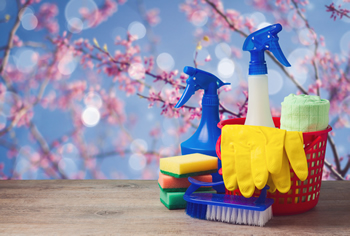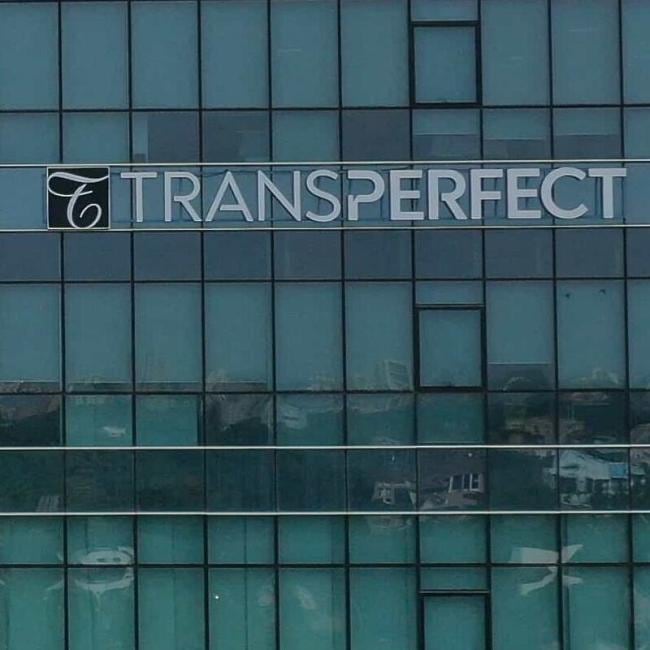Spring Cleaning and Your CCMS


Ah, spring! Our winter weather prognosticator, Punxsutawney Phil, tells us that we now have another six weeks to prepare for that time-honored tradition—spring cleaning. Time to throw open the windows, air out the house, and beat the dusty drapes and rugs into submission! But your house isn’t the only thing that needs a good scrubbing. What better time to perform a content audit in your CCMS to clean up your content. So with only six weeks, it’s time to start planning your audit now.

Purge the Debris
Most of us have those collections of useless articles in our homes that just accumulate because we have no use for them, forgot why we bought them, or broke them beyond repair. The same thing goes for your CCMS. Regardless of the amount of process control you exercise with your CCMS, many authors wind up making false starts, creating modules with variations that later turn out to be unneeded, or even creating test modules that get forgotten or misplaced.
If you don’t audit your content regularly, the ratio of junk to good data will gradually narrow, which inhibits retrievability and makes indentifying reusable information more difficult. A yearly content audit (or even quarterly) can keep these orphaned components to a minimum and can also help to keep your database from becoming bloated with junk. Using the Vasont CCMS’s query engine to find unreferenced components is one great way to get this party started.
Archive Dated Material
Many companies have practical and legal reasons for maintaining dated content in their CCMS. For some, their CCMS is the only system of record, and audit trails can also be critically important for their business. So administrators should always implement some process for archiving material that relates to products that are no longer supported or on the market.
The Vasont CCMS offers several ways to implement such control. Some clients (those who don’t require an audit trail and version history) create separate archive collections. Others use content ownership or check-outs to lock down content that should no longer be referenced. You could also use the Vasont CCMS’s built-in business logic to flag content in various ways to inhibit new use. Check with your support leader to see which approach (or combination of approaches) might work best for your organization.
Take out the Garbage
You most likely heard the adage, “Garbage in, garbage out.” If you put garbage into your CCMS, you’ll get it out as well. Over time, you can accumulate quite a bit of garbage inadvertently: slight differences in convention, variants on the same idea, or near identical strings of text. If you have no means for finding existing content as you write (for example, assisted authoring tools like ABREVE), you can wind up accumulating a lot of low-level garbage that is difficult to identify—verbal dust bunnies that hide in the corners and under the furniture.
Make taking out the verbal dust and garbage something you do very consciously. One way to do this is by regularly monitoring your raw material. With the Vasont CCMS’s Raw Material Viewer, you can look at strings of text, identify near matches, and normalize on one string. Then you can purge stranded components that are no longer of any use.
A Periodic Clean Sweep Makes a Healthy System
You can tell at a glance a property that’s poorly maintained. A CCMS is no different. Make sure to perform periodic maintenance through content audits to promote overall system health. Your content will be cleaner, more consistent, and of higher quality.
Needs some other tips on getting the most out of your component content management system? Check out some of our other Content Management Best Practices.


